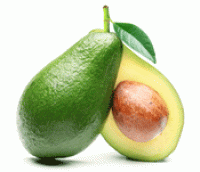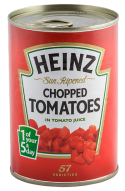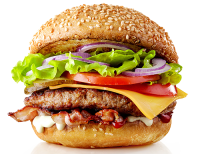A Slimpod factsheet
The four kinds of food we eat
It’s a general rule of thumb that anything that has been processed in some way and comes out of a tin or a packet is not going to be as healthy as something that’s fresh.
A meal that’s home-made from quality fresh ingredients is going to be better for you than anything you get delivered or buy as a ready meal or takeaway.
The United Nations has guidelines called NOVA which put food into four categories and this helps us to understand what ‘s good and bad for us.

Unprocessed or minimally processed foods
An apple, a tomato or an avocado are examples of unprocessed food. Minimally processed foods include things like bagged carrots, chopped lettuce and raw nuts
All these are healthy and where they have been processed it is for convenience – some will contain additives to preserve them and make it possible to transport them to the supermarket and keep them fresh.

Processed culinary ingredients
These are obtained directly from unprocessed or minimally processed foods or from Nature. They have been altered by pressing, refining and grinding so they can be used in cooking.
Examples include salt and pepper, sugar obtained from the cane, syrup from maple trees and vegetable oils extracted from olives or seeds.

Lightly processed foods
These include things that are canned or frozen soon after harvesting, like tomatoes, green beans, tuna and berries. They may have a few added ingredients such as salt, sugars or oils.
Breads, cheeses and pastas are examples of lightly processed foods as are things like those sauces and salad dressings which have only a few high-quality added ingredients such as herbs, spices and oils.

Heavily or ultra processed foods
Many of these are what we call “junk food” and offer little nutritional value but are packed with additives. They are made with five or more ingredients and are filled with sugars, oils, fats, salt, anti-oxidants, stabilizers and preservatives including lots of things that don’t occur naturally.
Scientists say that ultra-processed foods account for about 90 per cent of the added sugars people eat. Eating too many foods in this category increases the risk of obesity and diabetes and is linked to a heightened risk of cardiovascular disease.


 and 'Add to Home Screen'.
and 'Add to Home Screen'.